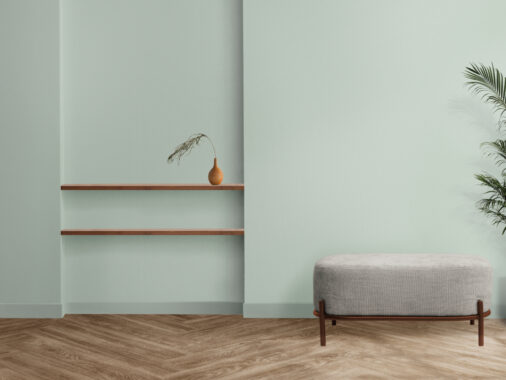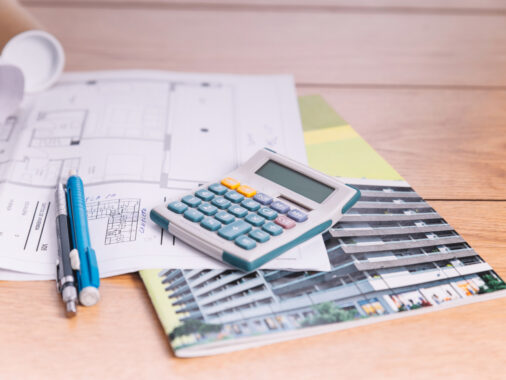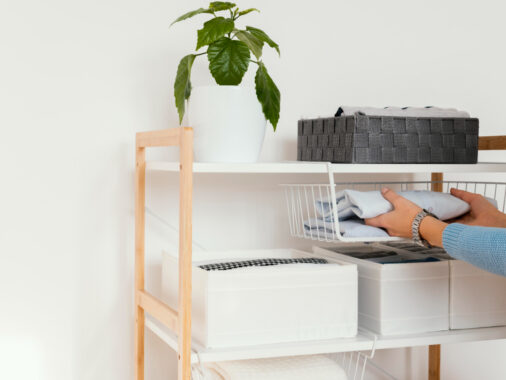Designing your home isn’t just about making it look nice—it’s about creating a space that feels like you. Whether you’re updating a single room or giving your entire house a fresh vibe, good interior design helps bring comfort, personality, and functionality together under one roof.
In this guide, we’ll explore what’s trending in home design, share practical tips from professionals, and offer inspiration for every room. By the end, you’ll be better equipped to transform your living space into something truly special.
Why Interior Design Is More Than Just a Pretty Room
Let’s get one thing straight—interior design goes way beyond picking paint colors or arranging throw pillows. It can have a real impact on how we live and feel every day.
- Boosts Functionality: A well-designed space works for your lifestyle, not against it.
- Sets the Mood: Color, lighting, and layout influence our mood and even our productivity.
- Tells Your Story: Your home is an extension of who you are. Every piece has a place and a purpose.
- Adds Value: Thoughtful design can seriously boost your property’s resale potential.
According to research by the National Association of Realtors, 83% of buyers say staging a home made it easier for them to imagine living there. That’s the power of design in action.
Design Trends That Are Taking Over in 2025
Design trends come and go, but some styles have real staying power. Here’s what’s hot right now—and how to make it work in your space.
1. Cozy Minimalism
We’re seeing a shift from stark, cold minimalism to something warmer and more livable. Think soft tones, wood finishes, and layered textures. It’s minimal but far from boring.
2. Earth-Friendly Materials
Sustainable design is more than a buzzword—it’s becoming the norm. Reclaimed wood, bamboo, cork, and low-VOC paints are helping homeowners create beautiful spaces with a lighter environmental footprint.
3. Bold and Beautiful Lighting
Lighting is no longer an afterthought. Oversized chandeliers, funky floor lamps, and artistic sconces are turning heads. Mix ambient, task, and accent lighting for maximum impact.
4. Nature-Inspired Vibes (aka Biophilic Design)
More homeowners are bringing the outdoors in—literally. Whether it’s adding a living wall, filling your space with plants, or using organic shapes and earthy tones, this approach has been shown to reduce stress and boost well-being (Journal of Environmental Psychology).
5. Color-Rich Kitchens
Move over sterile white kitchens—color is back! Deep greens, navy blues, and even black cabinets are making a strong comeback. Add warm metals like brass or copper to give it a sophisticated edge.
Room-by-Room Design Ideas That Actually Work
Every room has its own purpose, and good design should reflect that. Here are some smart ideas you can use throughout your home:
Living Room
- Anchor the space with a large area rug
- Layer lighting with floor lamps and table lamps
- Mix up textures—leather, velvet, woven throws
- Create a gallery wall that tells a story
Bedroom
- Invest in a quality mattress and soft bedding
- Use wall-mounted lights to free up nightstand space
- Add blackout curtains for a better night’s sleep
- Stick to a soothing color scheme like taupe, sage, or dusty blue
Kitchen
- Add a butcher block island for prep space and charm
- Mix open shelves with closed cabinetry
- Try a two-tone cabinet look for contrast
- Install under-cabinet lights for extra function
Bathroom
- Upgrade to a floating vanity to create more floor space
- Use bold tile patterns to add personality
- Add smart storage to reduce clutter
- Consider brass or matte black fixtures for a modern edge
Home Office
- Make use of natural light whenever possible
- Choose an ergonomic chair and adjustable desk
- Personalize with art or a vision board
- Use bookshelves or pegboards for vertical storage
Pro Design Tips That Make a Difference
There’s a reason professional designers seem to pull it all together so effortlessly. Here are a few tips they swear by:
- Plan First, Decorate Later: Don’t start shopping without a layout or mood board.
- Color with Intention: Stick to 2–3 main colors and accent with neutrals or metallics.
- Mix High and Low: Splurge on one or two standout items and balance the rest with budget finds.
- Odd Numbers Rule: Group items in threes or fives—it’s more pleasing to the eye.
- Declutter Often: Less stuff means more room for things you love and use.
- Mind the Lighting: Layer your lighting—overhead, task, and accent—for a warm, inviting atmosphere.
As Architectural Digest puts it, lighting is “the unsung hero of great design.” Get it right, and everything else shines.
How to Find Your Interior Style
Not sure what your personal design style is? You’re not alone. Start by looking at your wardrobe, favorite cafes, or even the hotels you love. Here are a few common styles to consider:
- Modern: Sleek lines, minimal accessories, bold shapes.
- Traditional: Rich woods, symmetry, timeless elegance.
- Boho (Bohemian): Eclectic, global, colorful, and cozy.
- Farmhouse: Rustic charm, black iron details, weathered wood.
- Scandi (Scandinavian): Bright, clean, functional, with pops of soft color.
Remember, your space doesn’t have to fit into a box. Mixing styles can create a layered, lived-in look that feels authentic.
My Take: Home Should Feel Like You
If there’s one thing I’ve learned over the years, it’s this: the best-designed homes aren’t always the flashiest—they’re the most intentional. Whether it’s a second-hand bookshelf you’ve repainted or a quirky art piece you picked up on a trip, your home should reflect your journey.
Trends are great for inspiration, but don’t let them drown out your personality. Make choices based on how you live, what makes you feel at ease, and what brings you joy when you walk through the door.
FAQs
Start with a neutral base like beige, gray, or white, and layer in two to three complementary colors. Nature is a great guide—think ocean blues, leafy greens, or sunset oranges. You can use apps like Coolors or Adobe Color for ideas.
Paint goes a long way! Swap out throw pillows, add a new rug, move furniture around, and bring in a few plants. You’ll be surprised how different a space can feel with small tweaks.
They’re helpful for ideas, but don’t feel pressured to follow them blindly. Choose trends that align with your lifestyle and make sense for your space. It’s your home, not a showroom.
Designing a home you love doesn’t require a massive budget or a degree in interior design. It takes curiosity, creativity, and a willingness to make your space work for you. Whether you’re chasing trends or carving your own path, what matters most is that your home feels good to live in—every single day.





